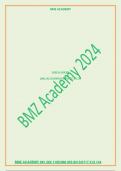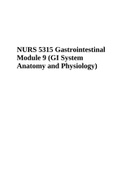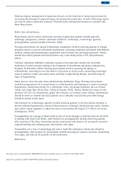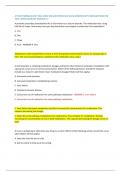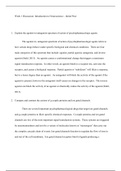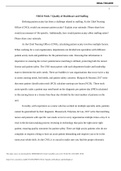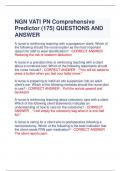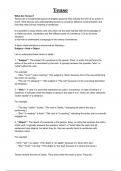Essay
PRO4801 ASSIGNMENT 4 2024 Defend the following statement:” When uncertainty drops to nearly zero, and when effort is repeated a large number of times, the work is no longer considered a project.” [Use - A topology of projects Figure 1.3 (page 5) in the p
- Institution
- University Of South Africa (Unisa)
PRO4801 ASSIGNMENT 4 2024 Defend the following statement:” When uncertainty drops to nearly zero, and when effort is repeated a large number of times, the work is no longer considered a project.” [Use - A topology of projects Figure 1.3 (page 5) in the prescribed book. Do Not Draw the Figure...
[Show more]
